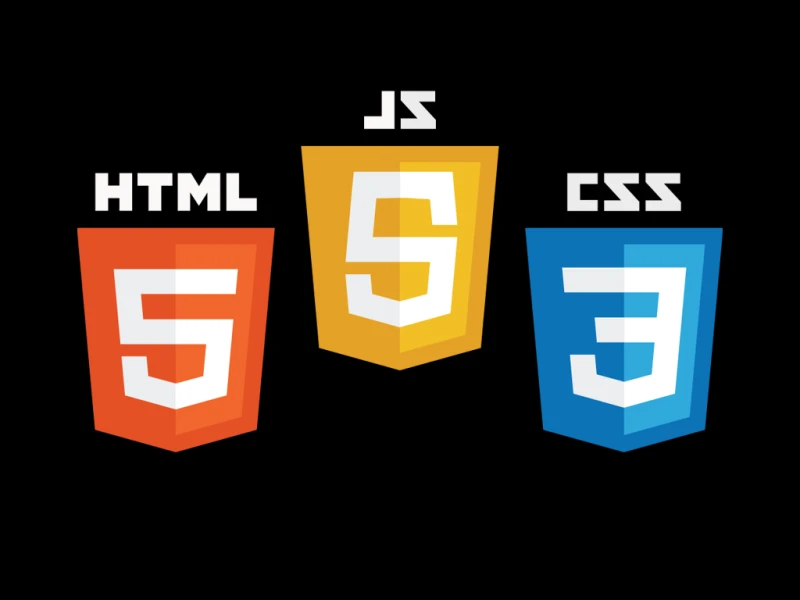
Laravel Security Shield: Protecting Your Users and Your Data
Building a Fort: Security Considerations in Laravel Applications
Laravel is a powerful PHP framework that empowers developers to create dynamic and feature-rich web applications. But with great power comes great responsibility, especially when it comes to security. In today's digital landscape, security breaches can be devastating, leading to data loss, reputational damage, and even legal repercussions.
This blog post dives into the importance of security in Laravel applications and equips you with the knowledge to mitigate common vulnerabilities.
Why Security Matters in Laravel
Imagine building a beautiful house, but forgetting to lock the doors and windows. That's essentially what happens when you neglect security in your Laravel application. Here's why security is paramount:
- Protecting User Data: Laravel applications often handle sensitive user information like passwords, financial details, or personal data. A security breach could expose this information to malicious actors.
- Maintaining Application Integrity: Unsecured applications are vulnerable to attacks that can disrupt functionality, inject malicious code, or manipulate data.
- Ensuring User Trust: Users entrust your application with their information. Strong security measures demonstrate your commitment to safeguarding their data and privacy, fostering trust and loyalty.
Common Security Vulnerabilities and How to Mitigate Them
Laravel offers several built-in security features, but proper implementation is crucial. Here's how to combat common threats:
- Cross-Site Request Forgery (CSRF): CSRF attacks trick a user's browser into performing unauthorized actions. Laravel's built-in CSRF protection helps prevent this. Ensure you understand how to use it effectively.
- SQL Injection: This vulnerability allows attackers to inject malicious SQL code into user input, potentially compromising your database. Laravel's Eloquent ORM offers protection by using parameterized queries. Avoid using raw queries whenever possible.
- Input Validation: Untrusted user input can be a gateway for attacks. Laravel provides validation rules to sanitize and validate user input. Always validate all user input before processing it.
- Cross-Site Scripting (XSS): XSS attacks inject malicious scripts into your application that can steal user data or redirect them to malicious websites. Laravel's Blade templating engine automatically escapes output, but it's recommended to use additional libraries like Laravel Sanitizer for enhanced protection.
Additional Security Best Practices
- Keep Laravel and Dependencies Updated: Software vulnerabilities are constantly discovered and patched. Regularly updating Laravel and its dependencies ensures you benefit from the latest security fixes.
- Secure Passwords: Enforce strong password policies, consider multi-factor authentication, and never store passwords in plain text.
- HTTPS Everywhere: Enforce HTTPS encryption to protect data transmission between users and your application.
- Secure File Uploads: Implement validation and sanitization rules for file uploads to prevent malicious code injection.
- Least Privilege Principle: Grant users only the minimum permissions they need to perform their tasks.
Conclusion
Security is an ongoing process, not a one-time fix. By following these practices and staying updated on emerging threats, you can build robust and secure Laravel applications that protect your users and your data. Remember, security is not just a technical challenge, it's a cultural one. Foster a culture of security awareness within your development team to ensure a proactive approach to safeguarding your applications.


